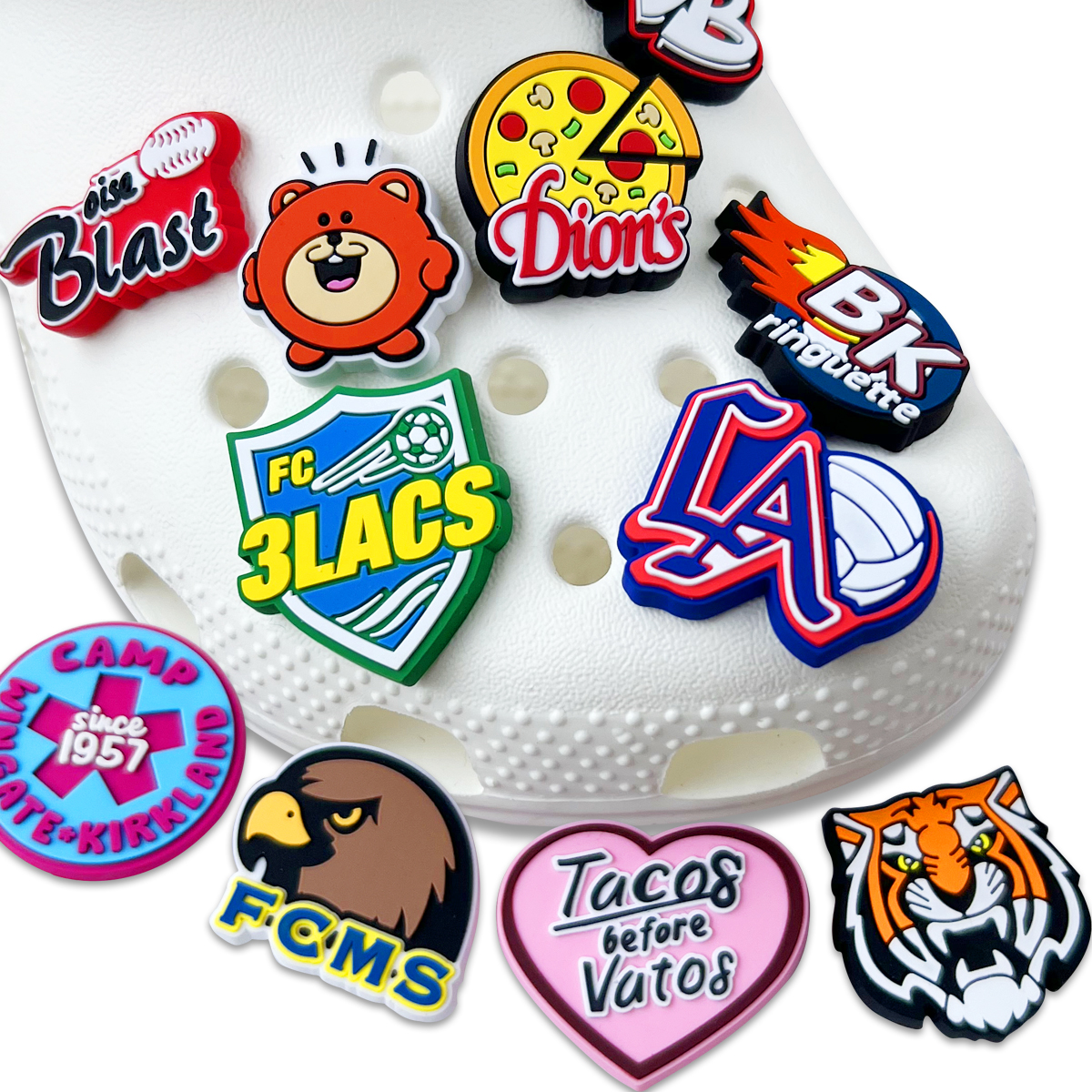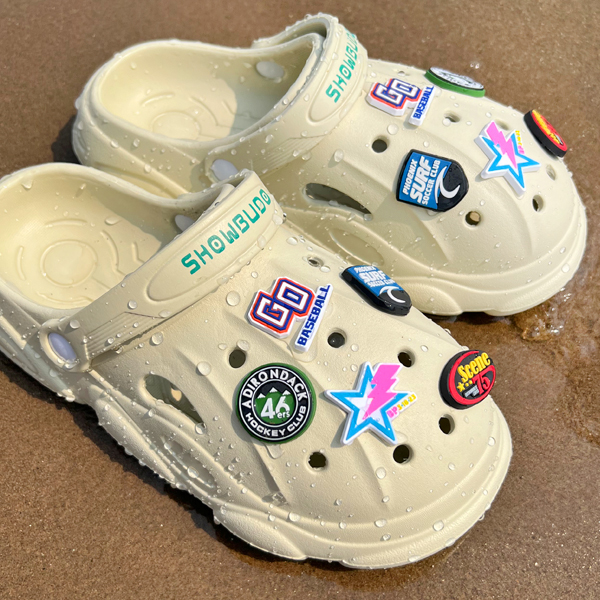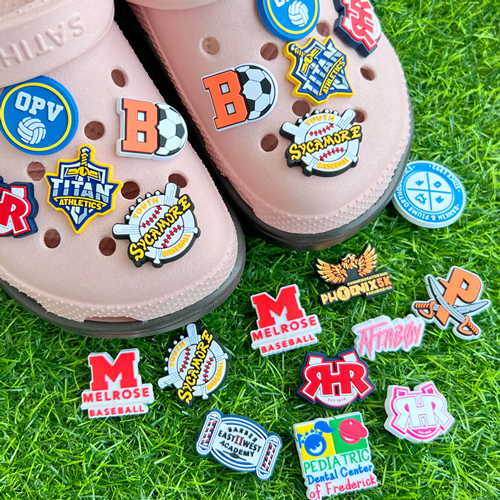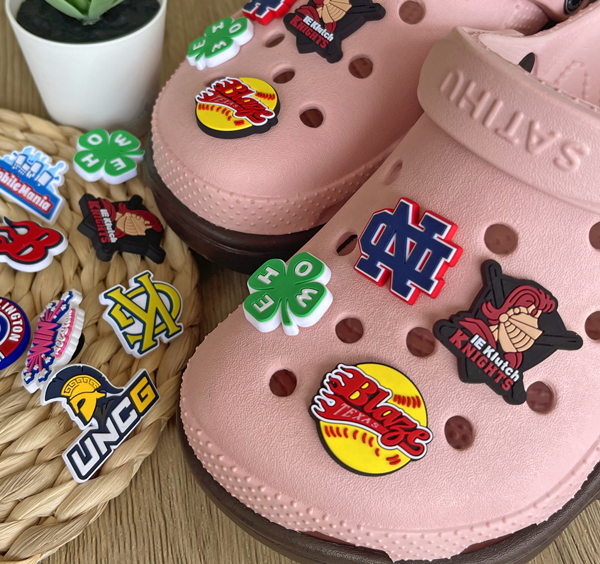
Table of Contents
“These could use some personality”? You’re not alone. With the rise of custom kicks and handmade side hustles, tons of folks are asking, how to make PVC shoe charms? These tiny, colorful add-ons are more than cute—they’re a walking billboard for your vibe, brand, or inside joke. But figuring out how to create your own can feel like you’re stepping into a factory without a map.

PVC charms might seem simple, but they’ve got layers—materials, mold-making, even machines that look like they belong in a sci-fi movie. Megan Weller, a popular DIY creator, says, “It’s all about starting small and building up your process.” That’s true whether you're crafting one or one thousand.
This guide breaks it down step by step. You’ll get the lowdown on pro tools and beginner hacks, so you can hit the ground running—no engineering degree required. Let’s dig in.
“PVC shoe charms are not just accessories. They are tiny expressions of identity,” says Mia Torres, a product designer who has worked directly with licensed Croc Jibbitz since 2018. These charms are typically made from soft polyvinyl chloride (PVC), known for its flexibility, durability, and weather resistance. That means they hold up through rain, mud, and hundreds of steps — without cracking or fading.
Originally designed for Crocs, their usage has expanded to bags, wristbands, and keychains. Customers often choose them based on themes: food, pop culture, names, even custom logos. “We sold over 3,000 emoji sets last quarter,” shared Ellie Brooks, a small Etsy seller. “People want fun, fast identity.” 😊

Standard sizes range from 0.75 to 1.5 inches, allowing bold visuals in a compact shape. Historically, the idea took off in the early 2000s when Crocs licensed custom Jibbitz. Today, you will find mass-produced and hand-crafted types, each with distinct materials and styles—from layered 3D designs to flat silicone alternatives.
Popular for both kids and adults, these charms serve a simple purpose: making ordinary shoes feel personal. Their growing appeal has even earned recognition in industry expos like ASD Market Week and design awards for creative expression.
Not all PVC is created equal. The kind of stuff you use makes a big difference in how your shoe charms look, bend, and last. Let’s break it down.
Choosing between flexible and rigid PVC comes down to the feel and use of your charm.
Flexible PVC includes plasticizers in the formulation, giving the final product that soft, bendy vibe—perfect for wearable accessories.
Rigid PVC has higher durometer and modulus, making it tougher but less forgiving. Great for structural shapes but not so comfy on the foot.
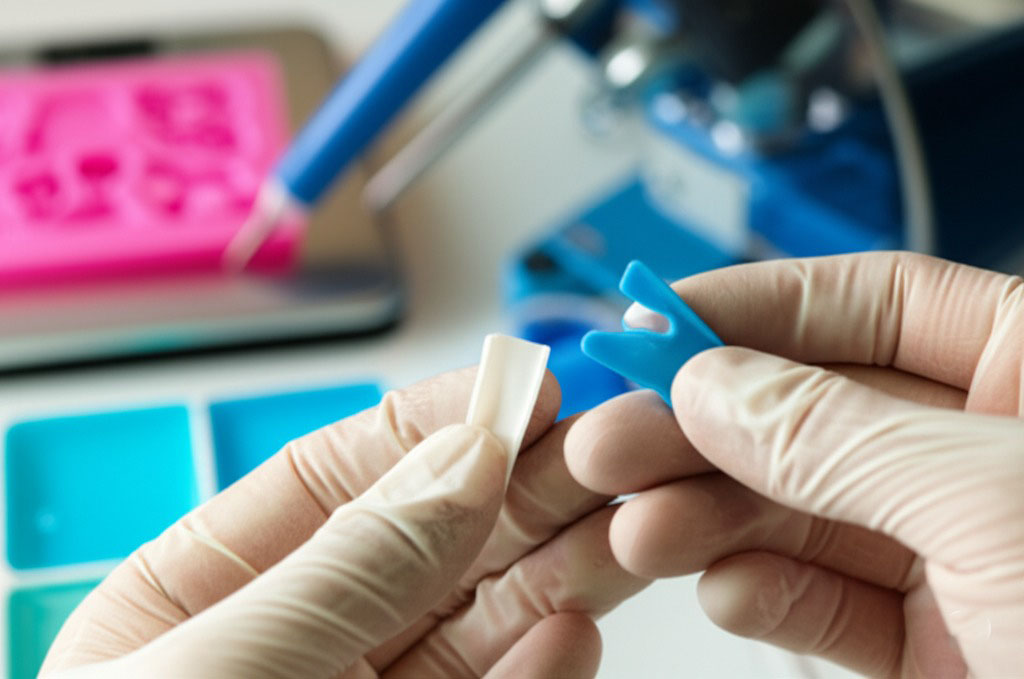
🧪 Note: Flexible blends process better in low-pressure molds, while rigid blends may crack under hand-pouring conditions.
Adding color to PVC isn't just about picking a shade—it’s about choosing safe, stable materials.
Pigments – These are solid particles that give consistent color but may affect flexibility.
Dyes – Offer brighter tones but can fade or migrate.
Masterbatch Additives – Pre-mixed concentrates for even color distribution during polymer processing.
👉 Always check for colorant safety compliance—especially if your charms are for kids.
Here’s the deal: Not all PVC is safe to wear or touch for long periods.
Non-toxic PVC meets consumer safety standards (CPSIA, REACH), is phthalate-free, and avoids heavy metals like lead or cadmium.
Industrial grade PVC is tougher and cheaper, but often flunks safety tests. Think plumbing, not footwear.
“The PVC you’d use for pipes is not the same as what you’d want near your skin,” says Karen Mills, materials compliance expert at PolyTech Lab.
Stick with non-toxic blends for wearable items—your skin and buyers will thank you.
Designing PVC shoe charms is where the magic starts. This is the part where your ideas become something real, colorful, and seriously eye-catching.
Great design begins with brainstorming and doodling—seriously, don’t skip it. Quick sketches help capture design ideas before they vanish like socks in a dryer. Start with rough illustrations of icons, symbols, or characters that match your brand or mood. Whether it’s a pizza slice or a lightning bolt, just let loose. These sketches form the blueprint for the actual charm and help you avoid reworking everything down the line.
To make your sketch production-ready, you’ve gotta digitize it. Vector graphics are your best friend here—they scale without losing quality.
Use software like Adobe Illustrator or Inkscape.
Trace your drawing to create clean paths and nodes.
Check resolution settings to ensure sharp outlines. Once vectorized, your design’s ready to be turned into a mold for PVC injection.
Not every design needs to pop off the surface. Some charms look sleek with a flat design—others demand depth. Flat Design: Best for minimalist icons and simple logos. Layered Design: Adds dimension with shadows or color stacking, great for characters or dynamic illustrations. Trend Tip: Layered charms are gaining traction with Gen Z for their 3D feel and bold color usage.
"When space is tight, clarity is king,” says packaging designer Elena Cruz. Keep it clean with:
Simple logos—nothing with too much text.
Bold color palettes that contrast well.
Consistent iconography across your charms and packaging. Charm space is limited real estate—so make sure every pixel speaks your brand.
Injection molding transforms your PVC charm designs into colorful, durable products. Let’s peek behind the curtain and see how it works.
Step-by-Step Mold Injection Overview
Injection molding might sound complex, but here's how it rolls:
Clamping: Mold halves press together tightly, ensuring no polymer leaks out.
Injection: Heated plastic melts into a polymer and squirts into the cavity under high pressure.
Cooling: Wait briefly as the plastic sets and solidifies—cooling time determines cycle time.
Ejection: Mold pops open, revealing the finished charm ready for finishing.
Machine Settings for Multicolor Layers
Crafting charms with vibrant, multicolor layers? Dialing in your machine settings is crucial. Key parameters include:
Temperature: Set precise heat levels for each material and colorant layer.
Injection speed: Balance injection speed to keep layers crisp without mixing colors.
Pressure: Maintain consistent pressure to achieve clear, sharp boundaries.
Cooling time: Adjust individually per layer to avoid warping and preserve detail.
Deciding between manual and automatic production for PVC shoe charms depends on your goals, volume, and wallet. Let’s break it down in plain English.
A semi-automatic setup blends old-school control with some automation flair. You’ve got machines that still need human hands to load molds and handle color fills, but they cut down time with motorized dispensing. Think of it like driving stick with cruise control—it helps, but you’re still steering. The layout usually includes:
Mold plates
Heating stations
Pneumatic injectors
Basic control panels
It’s great for medium-scale makers upgrading from full hand-pour but not ready to go full robot.
Hand-poured production looks charming but can eat up cash real quick. You’re paying for:
Artisan time – Think slow crafting, not factory speed.
Hourly wages or flat fees – Cost scales with quantity.
Overhead – Workspace, tools, and material loss.
“Hand-pouring gives you that boutique touch, but it’s labor-heavy,” notes Elena James, a micro-manufacturing consultant in Austin.
If you’re producing under 50 units per run, the uniqueness might justify the higher unit cost.
| Method | Avg. Output/hour | Cycle Time | Max Volume/day |
|---|---|---|---|
| Manual Pouring | 12–18 charms | 3–5 mins | 120–150 |
| Semi-Automatic | 40–60 charms | 1–2 mins | 400–600 |
| Fully Automated | 100–300 charms | <1 min | 1500+ |
Manual takes the cake for flexibility, but machines win by a mile in raw output. For business scale, speed talks.
Power usage varies based on setup:
Mini-injectors use ~500–800 watts per hour
Large multi-color systems can peak at 2000W or more
Energy-efficient models cut costs with automatic sleep cycles
If your utility rates are sky-high, check voltage ratings and machine efficiency before buying. Automation speeds things up, but it pulls more juice than hand-pouring by far.
For orders under 100 pieces, manual or semi-auto setups are the sweet spot:
Manual = lower startup cost + max design freedom
Semi-auto = faster with some upfront investment
If you’re customizing charms per event, brand, or trend, the flexibility of hand-poured wins. But if you're scaling up even a little, semi-auto is your middle ground.
Not ready to mess with machines? No sweat. These beginner-friendly methods show you how to make awesome PVC-style shoe charms right from your kitchen table.
Shrinky Dinks are a throwback, but they slap when used for charms. Just draw on shrink plastic, cut it out, and bake it in the oven—it shrinks to a sturdy, colorful mini-art piece. Great for keychains, kids’ crafts, or Croc accessories. Pro tip: Sand the plastic first so your markers stick better.
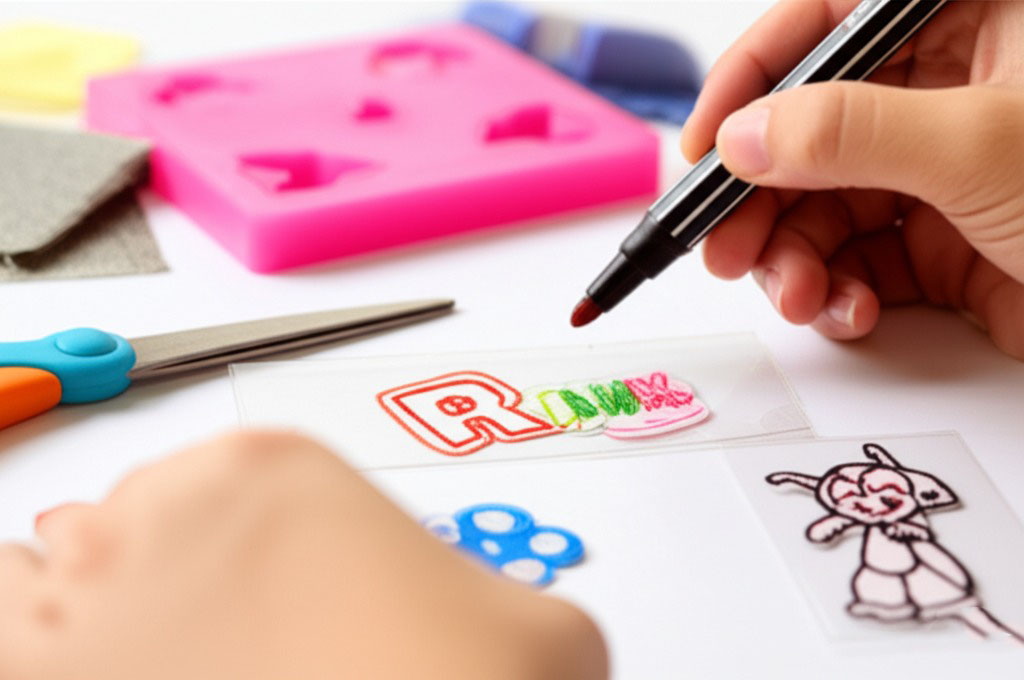
Silicone putty makes mold-making a breeze.
Mix the two-part putty until it’s uniform.
Press your object (like a clay charm) into it.
Let it cure—usually in 10 minutes.
Use these custom molds with resin, clay, or polymer to copy your favorite designs. Fast, fun, and doesn’t cost a fortune.
Want your charms to pop? You’ll need good painting skills. Use fine paint brushes and acrylic paints to add eyes, logos, or cool gradients to polymer charms. Seal everything with varnish to avoid chips. “Painting polymer is like tattooing clay,” says miniatures artist Carla Densmore. “Every stroke tells a story.”
Skip the crafting and get straight to customizing. Sites like Etsy and Alibaba offer pre-made PVC blanks perfect for painting, vinyl, or sublimation. Here's a quick comparison:
| Supplier | MOQ (pcs) | Price per Unit ($) |
|---|---|---|
| Alibaba | 100 | 0.18 |
| Etsy Retailer | 1–10 | 1.25 |
| U.S. Vendor | 50 | 0.75 |
“You would not believe how many people lose their favorite charms just from slipping off a curb,” laughs Katie Wu, a small-batch PVC charm maker based in Austin. “Getting the attachment right is everything.” When it comes to PVC shoe charms, charm backing and secure fitting are not side notes—they are the heart of durability.
There are three common attachment methods:
Button connectors that snap into the Croc holes—classic and reliable.
Strong adhesives for flat surfaces—great for bags or custom sneakers.
Flexible bonding agents that mold with the pvc material for a seamless fit.
Durability testing has become a regular part of quality checks. Brands like Crocs Inc. recommend a push-pull test to simulate foot movement, and some factories use a 24-hour soak test to confirm adhesive strength. According to a 2023 interview with product engineer Thomas LeClaire, “If it passes 50 pulls without cracking the button, it is good to go.”
Even charm creators on Etsy are getting serious. Some include a mini repair kit with extra button bases and bonding glue. It is a small touch, but it signals trust. After all, as Katie puts it, “No one wants their style to fall off mid-stride.”
And that’s a wrap! From picking out PVC blends to trying your hand at a DIY setup, you’ve now got a solid grip on what it takes to make PVC shoe charms. It’s like baking—get your ingredients, follow the steps, and add your own flair.
Like Megan Weller puts it, “Start small, learn as you go—perfection comes later.”
PVC shoe charms are built to last. They're water-resistant, flexible, and don't crack easily under pressure. If stored and cleaned properly, they can last months—if not years—without losing color or shape.
Yes, you can! While professional results need an injection machine, home crafters often start with polymer clay or silicone molds and PVC resin. It’s messier, but totally doable for small batches.
A heated syringe head
Programmable color layer controls
Mold compression setup
Air-cooling or water-cooling systems
Silicone is your best bet. It's flexible, heat-resistant, and doesn’t stick to PVC once cured. Bonus—it’s reusable, so you can make dozens of charms with the same mold.
Not directly with PVC, but yes for prototyping! You can 3D print a charm base or a mold, then use that mold to pour liquid PVC or resin. It’s a handy hybrid approach if you’re into tech and DIY.
Multicolor charms are made using a layered PVC injection process. Each color is injected separately into specific mold cavities. It takes more time, but the result is sharp, clean design separation.
Not usually. High-quality PVC has good heat resistance, but if they’re exposed to extreme heat (like being left on a car dashboard), they may soften slightly or warp over time.
These programs allow precise outlining and layering, which is essential for mold design.
Adobe Illustrator
CorelDRAW
Inkscape (free option)
Etsy for handmade designs
Shopify or your own site for full control
Local craft fairs and events
Bulk deals with small boutiques or shoe shops
